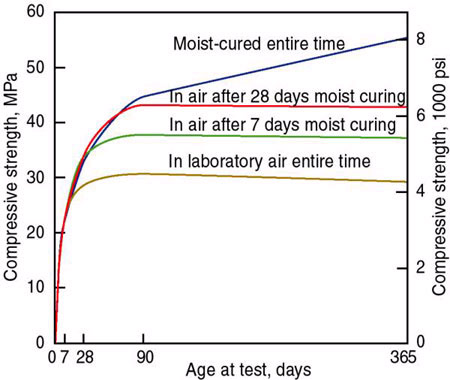Hi all,
This is my first post and I hope that I am in the right subforum for this kind of post. All the information here has been very helpful in my project so far but as always, some questions remain.
So far I have built a base and cast a concrete top that now holds a half finished 35" brick igloo oven. I have built up four five rows and finished the entry arch, too.
The situation that I causing me trouble is that I am nearing the end of a six week vacation I spend at this place where I am building the oven. I was initially planning to complete it in this time and I will not return here for at least half a year. This is why I am still very motivated to get it done in the remaining 9 days.
I know that this is a very tight budget but I would still like to hear your feedback on how I can speed things up. Especially the curing makes me worried.
I am optimistic that I can finish the dome in the next two days, maybe even tomorrow. After that I would want to install the chimney and put on the isolation and stucco. The oven is outside without roof, so stucco is mandatory from my point of view.
What is the worst case scenario for me if I start using the oven after a week of wait for the cement products to cure?
I am aware of the obvious answers here and really looking for ways I can get out of this vacation with a pizza...
Also, another question for the Chimney installation: I was not able to source a mounting plate for it, so I am planning to create a short chase from brick and place the Chimney in refractory mortar. Will this work? Is there a better way?
Thanks for any feedback.
This is my first post and I hope that I am in the right subforum for this kind of post. All the information here has been very helpful in my project so far but as always, some questions remain.
So far I have built a base and cast a concrete top that now holds a half finished 35" brick igloo oven. I have built up four five rows and finished the entry arch, too.
The situation that I causing me trouble is that I am nearing the end of a six week vacation I spend at this place where I am building the oven. I was initially planning to complete it in this time and I will not return here for at least half a year. This is why I am still very motivated to get it done in the remaining 9 days.
I know that this is a very tight budget but I would still like to hear your feedback on how I can speed things up. Especially the curing makes me worried.
I am optimistic that I can finish the dome in the next two days, maybe even tomorrow. After that I would want to install the chimney and put on the isolation and stucco. The oven is outside without roof, so stucco is mandatory from my point of view.
What is the worst case scenario for me if I start using the oven after a week of wait for the cement products to cure?
I am aware of the obvious answers here and really looking for ways I can get out of this vacation with a pizza...
Also, another question for the Chimney installation: I was not able to source a mounting plate for it, so I am planning to create a short chase from brick and place the Chimney in refractory mortar. Will this work? Is there a better way?
Thanks for any feedback.






 ).
).
 ...and the thought of your first pizza next stay will carry you through.
...and the thought of your first pizza next stay will carry you through.

Comment